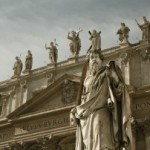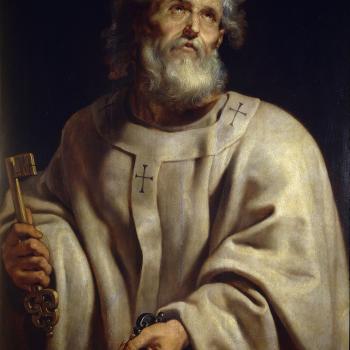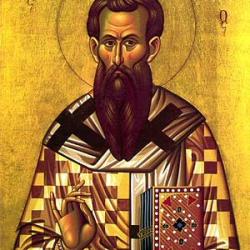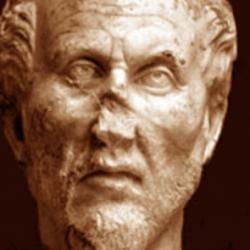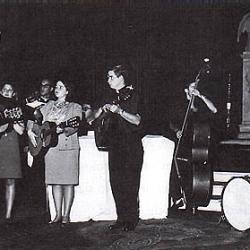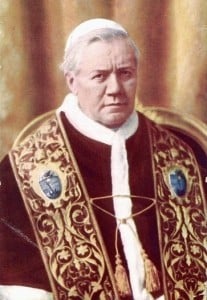 Those who read my books and articles on Liturgical Music may get the impression that I have very negative opinion about the status of Catholic church music in today’s world. That is true to a certain extent, but not completely true in the overall. Indeed I think that liturgical music has been in turmoil not only for the last five decades, but even from the beginning of 20th century. This was resulted from St. Pius X famous Motu Proprio (1903). With this important document the issue of liturgical music was once again at the center of the general attention.
Those who read my books and articles on Liturgical Music may get the impression that I have very negative opinion about the status of Catholic church music in today’s world. That is true to a certain extent, but not completely true in the overall. Indeed I think that liturgical music has been in turmoil not only for the last five decades, but even from the beginning of 20th century. This was resulted from St. Pius X famous Motu Proprio (1903). With this important document the issue of liturgical music was once again at the center of the general attention.
The document intended to react against the operatic style in the 19th century church music and having such intention, it established rules and characteristics that authentic church music should possess: “Sacred music should consequently possess, in the highest degree, the qualities proper to the liturgy, and in particular sanctity and goodness of form, which will spontaneously produce the final quality of universality”. These rules were interpreted in different manners with different results at the beginning of the century. Thanks to the efforts of the so called “Cecilian movement”. Some composers were able to find a distinctive style but everything collapsed around the 60s, due to the revolution following Vatican II. Joseph Pearce, in the preface of a book about the writings of Evelyn Waugh has written: “The facts would appear to confirm the maxim usually attributed to Chesterton that we don’t need a Church that will move with the world but a Church that will move the world”. Yes, now we have a Church that is moving with the world, yet in the past we used to have a Church that moved the world artistically, theologically, philosophically and in many other aspects of civilization.
Is there is a solution for this? For the moment, no, but let us strive to prepare for a rebirth in the decades to come.

